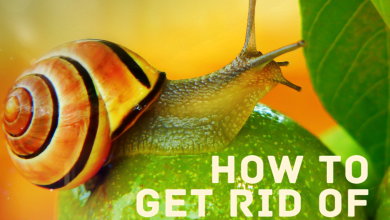Lavender Care: [Soil, Humidity, Pruning and Problems]
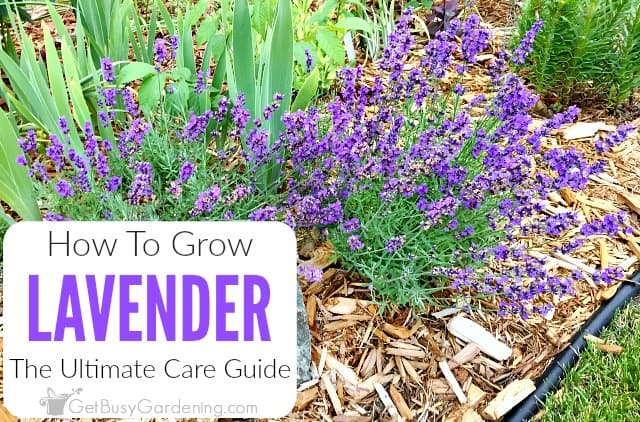
What characteristics does lavender have?

As its name indicates, Lavender is one of the most aromatic plants that exist in nature.
It originates from ancient Greece, where it was used to perfume the baths that its inhabitants took, and today it is an important source of income in the region of Provence, France.
Although the perfume it displays does not go unnoticed in the places where it is grown, its beauty is also so significant that it is the cause of envy in the halls and gardens it adorns.
That beauty is provided by its thin and colorful flower spikes that do not need much attention to bloom with a striking violet color.
It seems incredible that a wild bush, with a rustic character, that grows on rocks in full sun, can gather so many qualities to be appetizing in gardens and resting places in our home.
Due to its brightness, it is used for interior decoration or to add color to the garden, and the calming powers it possesses make it ideal for appeasing anxiety, thanks to its exquisite perfume.
In this regard, it is known that a lavender bag placed under the pillow provides a restful sleep, and also has antiseptic, repellent and healing properties. In the fields of Provence lavender is grown at 600 and 1400 meters above sea level.
It is used to make perfumes, oils and exquisite drinks. It has a discreet use in gastronomy, as it is known to provide flavor to sweet and salty preparations. Lavender can be placed in pots or as a flower bed surrounding the garden; Either way, it will spruce up the space it occupies. Lavender is easy to grow.
There are about sixty varieties of it, all of the same type, perennial, one and a half meters tall, woody in nature, which makes them prone to forming beautiful closures and borders that will be more striking at the time of flowering.
What soil needs does lavender have?
We must look for a sandy soil, with good drainage, to facilitate the evacuation of water, so that it does not become saturated with moisture. Avoiding clay soils at all costs is vital. If the plant turns yellowish and dry, it is probably in acid soil, so we will add an alkaline substrate to change its composition.

Lavender, as a rustic shrub, does not make demands on the quality of the soil, and for this reason it is not convenient to fertilize. So, be careful with the fertilization !, because we run the risk of dulling its delicate perfume; We should only apply a minimum amount in case of poor soil, or in a pot, before the flowering season.
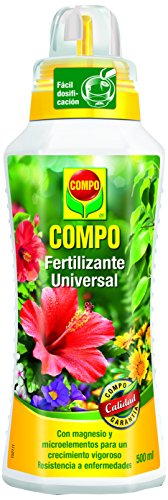
How to make lavender grow strong and vigorous?

Despite its easy cultivation, it is important to take extreme care if we want to have a strong and vigorous plant that we can enjoy over the years.
Because with lavender, more than with any other plant, that custom is stronger than love is fulfilled.
In this sense, we will plant it in a pot of 30 or 40 centimeters in diameter, better clay than plastic.
It must be wide because the flowers grow large and need space. In the garden we will plant it directly in the ground.
But, yes, keeping its distance from other plants, to give it air and prevent it from suffocating, since space is essential for its development because that way it can grow without disturbing or being disturbed by its neighbors.
Another reason for moving away is to prevent other plants from taking away light, because lavender is a direct sun plant like no other (temperate climate), sun for six hours a day to be more specific.
As it is a rustic bush, it does not shy away from dryness, in spite of which we must be aware of watering, which must be moderate, especially in the months of growth, avoiding wetting the branches and flowers for fear of the appearance of one of the main enemies of plants, fungi.
In the cold months we will space out the waterings, and in the hot months, once a week, making sure that the substrate is dry before doing so, because if it is wet we must postpone watering.
In short, the general rule is to water it once a week in spring and summer, while in autumn and winter it would be enough to do it every fifteen days. To be sure, it is better to insert a stick into the ground: if when you take it out it is full of earth, there is moisture; if it has fine dust, there is dryness and it will be time to water again.
Indoors, it is preferable to place it in places where it receives light from the outside during the day, such as a terrace. We will be able to know if we have subjected it to excessive light when its flowers turn opaque or grey. In that case, we will move it to another location, always with good lighting, and we will deferentially spray it every two days.
What humidity does lavender need?
Something that we must take into account is that lavender does not tolerate waterlogging because it rots its roots, which is why we will have to loosen our grip when watering. Consequently, it rejects excess moisture, because this suffocates it and puts it in danger.
For this reason, in the cold months, watering should be done in the middle of the day to prevent the roots from still retaining moisture when night falls.
Is it necessary to prune lavender?
Lavender requires discreet pruning, seeking, above all, to remove withered flowers and leaves to avoid wasting the plant ‘s energy and thus losing its ability to bloom.
When should we prune lavender?
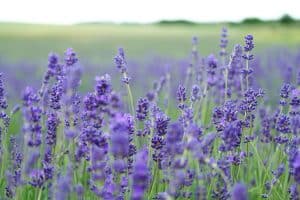 A pruning to cut less than half of the plant must be done before or after flowering, with the arrival of spring or autumn.
A pruning to cut less than half of the plant must be done before or after flowering, with the arrival of spring or autumn.
In order to stimulate the growth of new branches and flowers. If the plant is arranged creating a closure or border, in addition to the height pruning, we will perform the contour pruning to give it an aesthetic line.
How to avoid lavender pests and diseases?
The main enemies of lavender are:
cottony mealybug
It feeds on the sap of the plant. Easy to identify by its white color that contrasts with the green of the leaves. We will attack it with a mixture of potassium soap with water, or Neem oil.
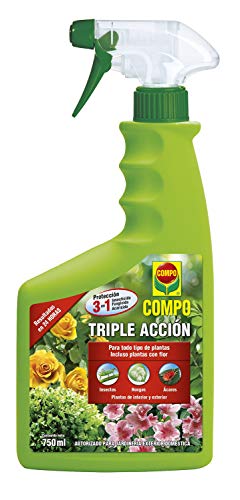
lavender caterpillars
A staunch enemy pest of this plant, green in colour, with a darker head, which can be seen if we look closely at the leaves and branches; It bites the leaves causing damage. The treatment should be based on garlic extract and other natural products. We can also remove them using gloves.

larvae of gall midges
They attack during the hot months of late spring and summer; similar to a mosquito that flutters in the air, they hide in the shoots causing damage to the stems, therefore they represent a mortal danger for the plant.
We must attack the adults of these larvae with natural products to prevent the proliferation of eggs; and to control the number, the use of traps is necessary.
Maybe you are also interested in:
- Differences between Lavender and Lavender: What are they?
- Lavender Cuttings in Spring: [Grafts, Time, Rooting and Planting]
- Lavender Cuttings: [Concept, Time, Rooting and Planting]
- Lavender Pests and Diseases: [Detection, Causes and Solutions]
- Prune Lavender: [Importance, Season, Tools, Considerations and Steps]
- Prune a Lavender: [Dates, Tools and Ways to Do It]


![Photo of How to Fertilize Peach Tree: [Components and Needs]](https://www.complete-gardening.com/wp-content/uploads/2022/08/how-to-fertilize-peach-tree-components-and-needs-390x220.jpg)
